Fancy trying your hand at Taraxacology for @wildflowerhour #Dandelionfest this weekend? A big part of ID’ing our 250ish dandelions to species is getting the right section. There are 9 sections in Britain & Ireland and excellent @BSBIbotany cribs for each. This thread might help.. 
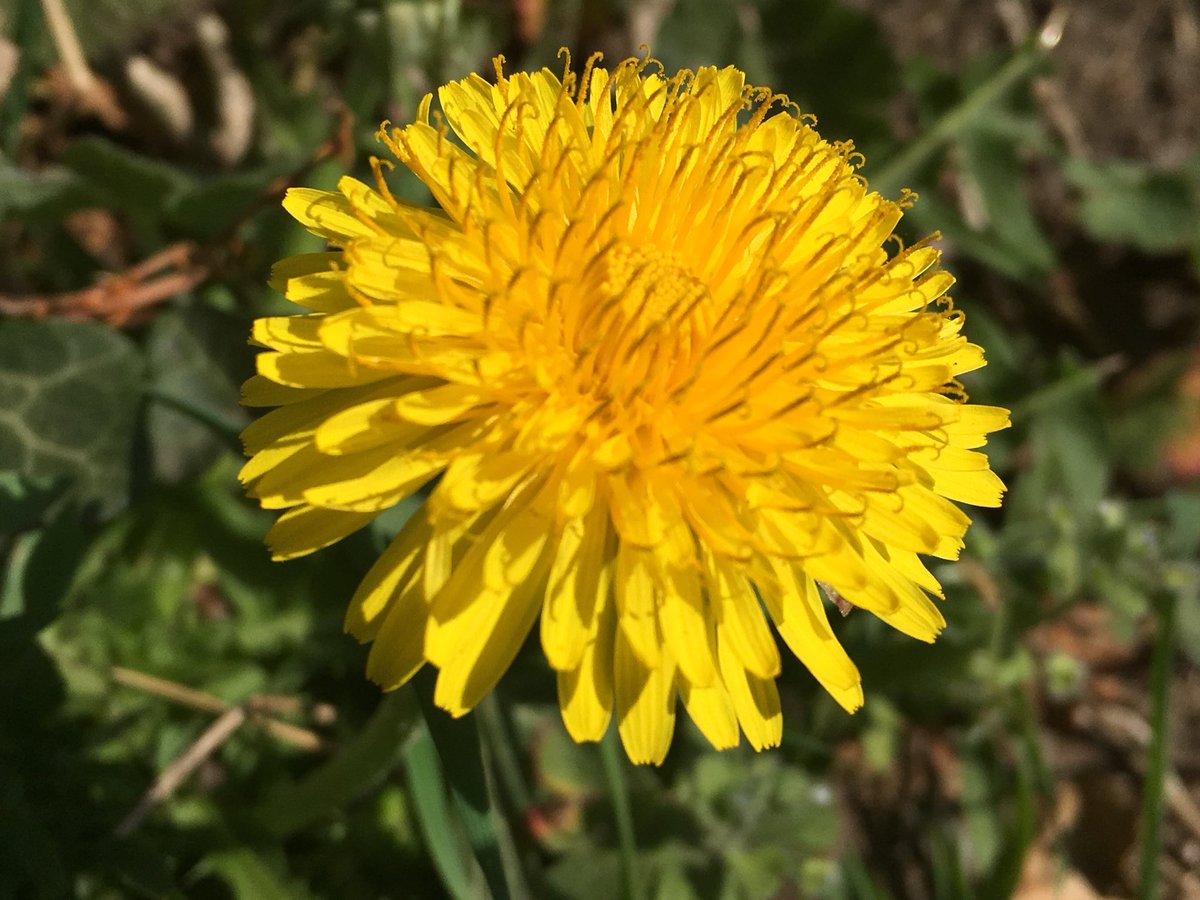
Another big part is choosing the right plant: avoid plants which are mown, grazed, stressed, weedkillered, fertilised, dog weed on, shaded, too late, immature... pick happy average plants with unopened buds, open flowers and ideally one ripe clock. Ok, found a good one?... 
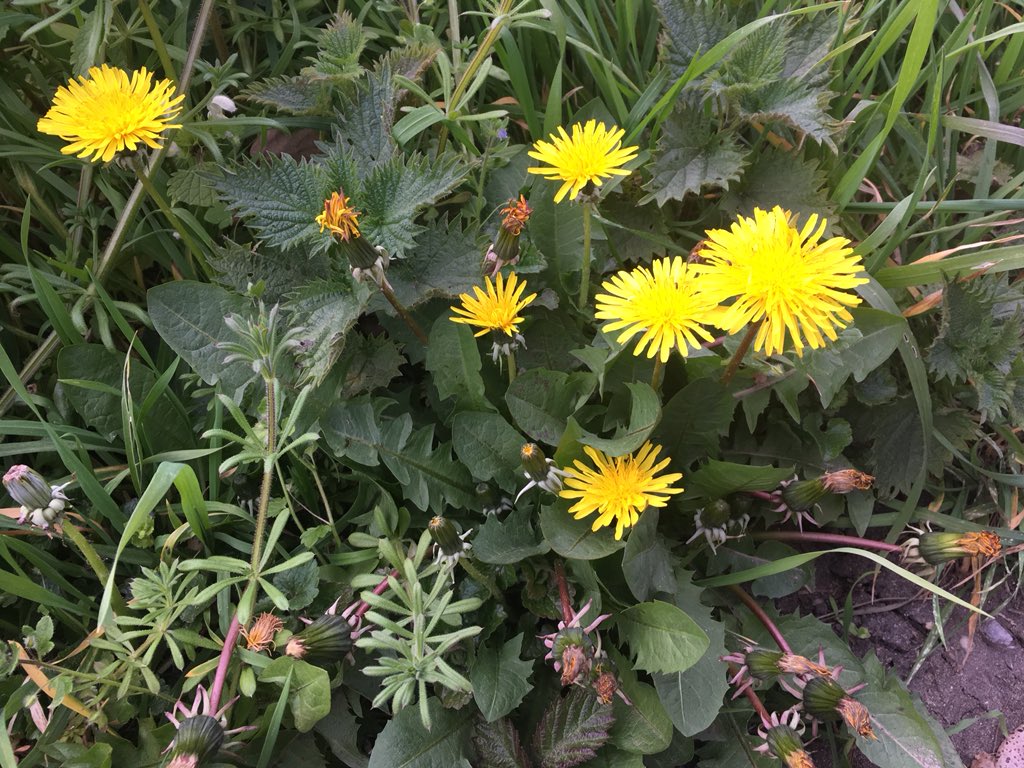
First is your dandelion a ‘lesser dandelion’ section Erythrosperma? They are small, often with linear lobes and have reddish seeds and reddish stripes on the back of the ligules (‘petals’). They live in dry sunny locations... 
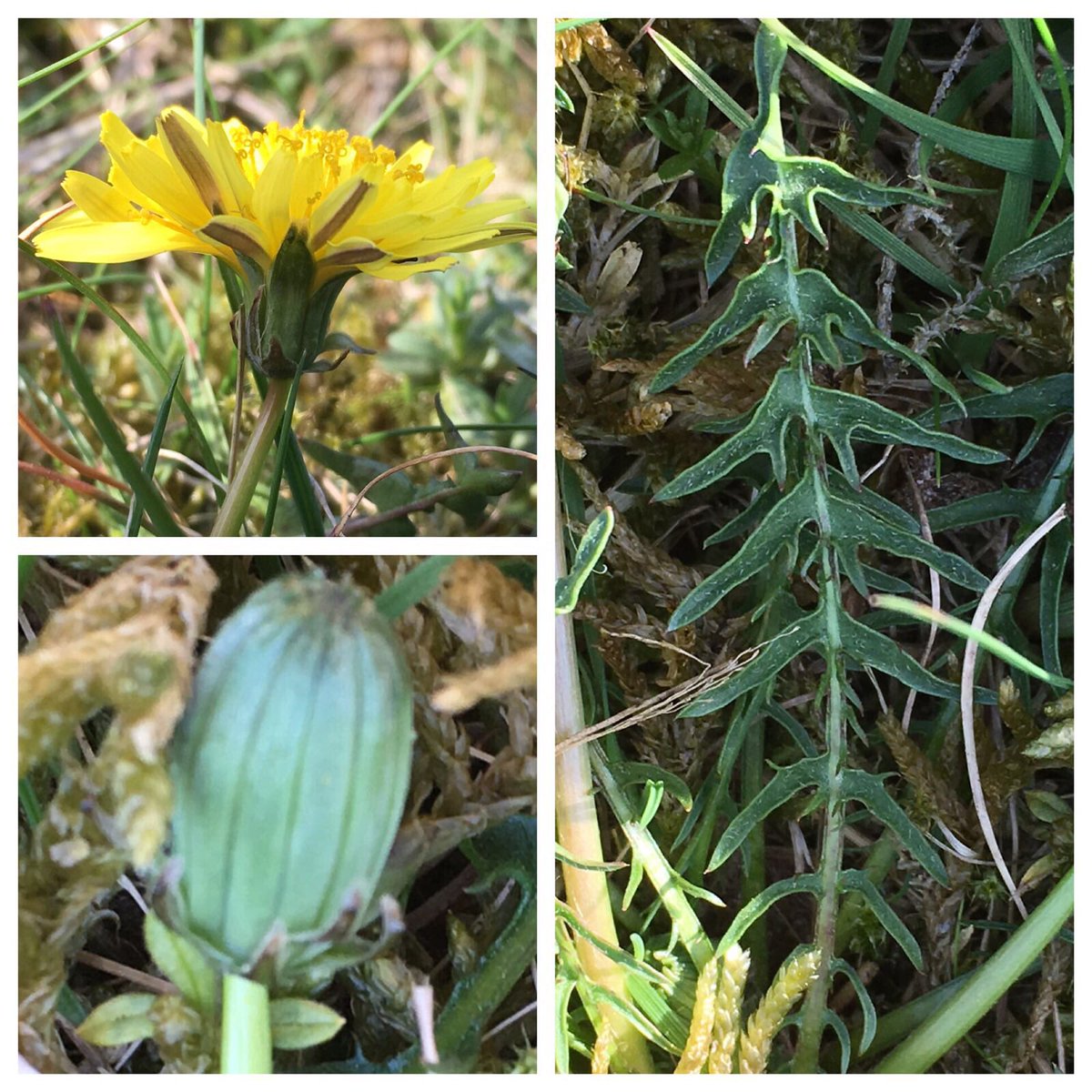
No? Then does your dandelion have a midrib that is striped like basket weave? You have either section Hamata or Celtica. Well done, these are the easiest ones.. crack on with the BSBI crib for those sections or see below for how to split them.. 
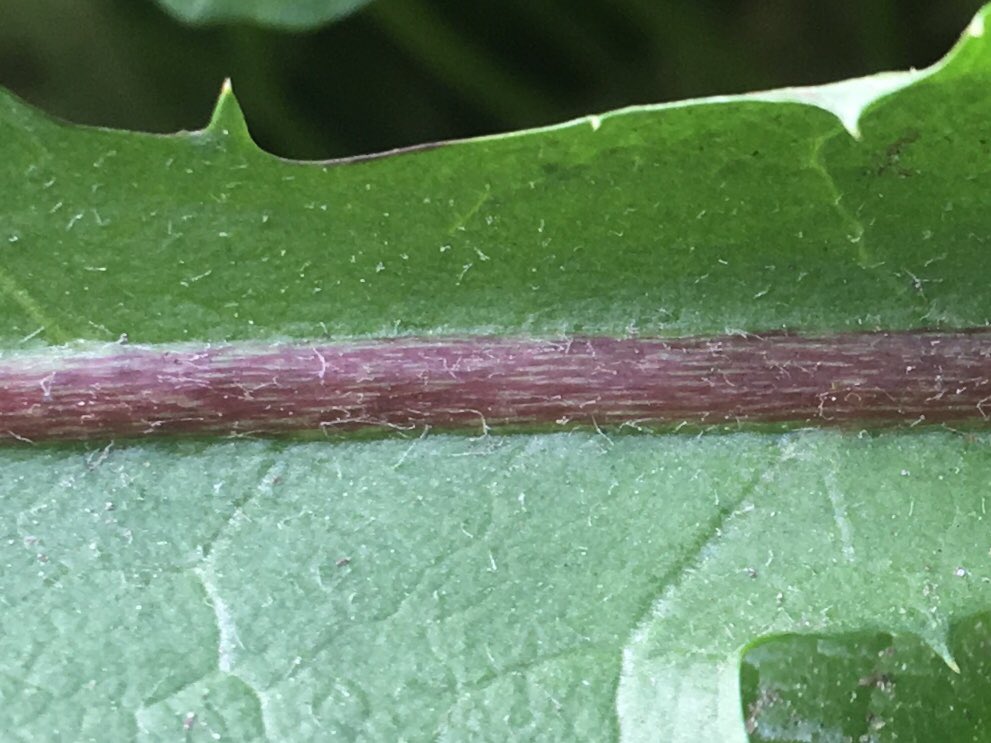
No? Well does it have clear spots and blotches across >10% of the leaf? Yes? Beware damaged leaves and inky looking interlobes. Still yes? Nice work, you have a spotty dandelion, section Naevosa. Everyone loves a spotty dandelion. Get the crib out. 
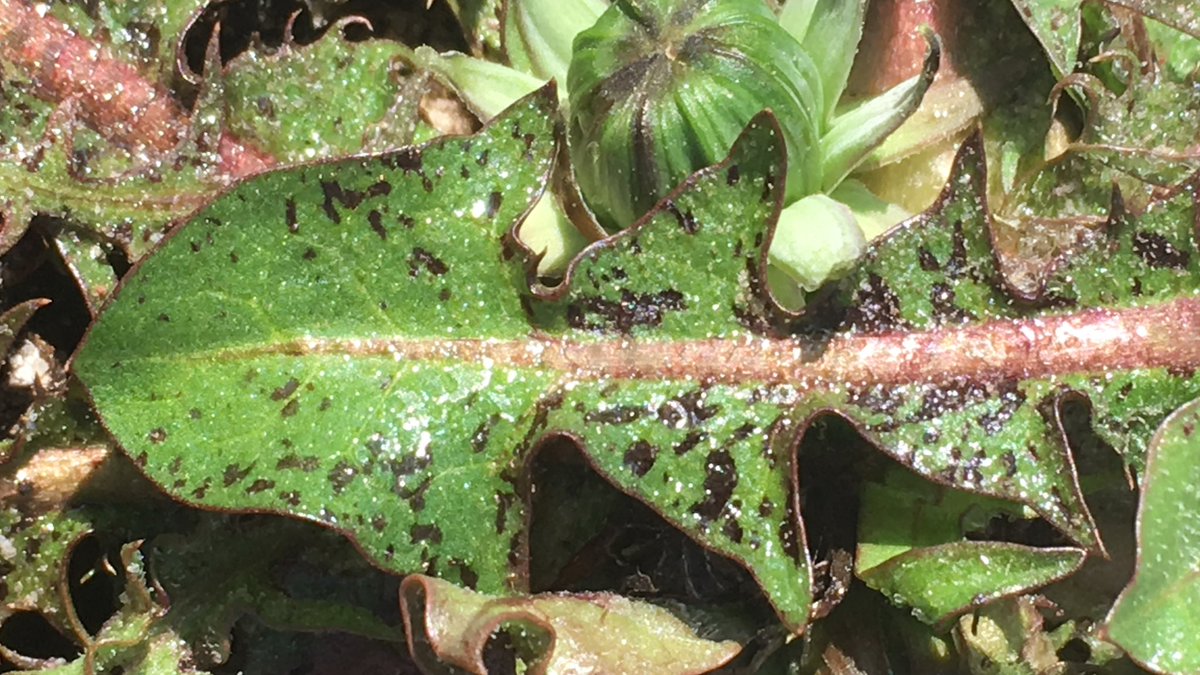
No? Are you’re in a sand dune, in a nice fen, on a mountain or on Shetland? Does your dandelion look a bit unusual? Well try the cribs for Sections Spectabila (Shetland), Taraxacum (Highlands), Obliqua (dunes) or Palustria (fens).. 
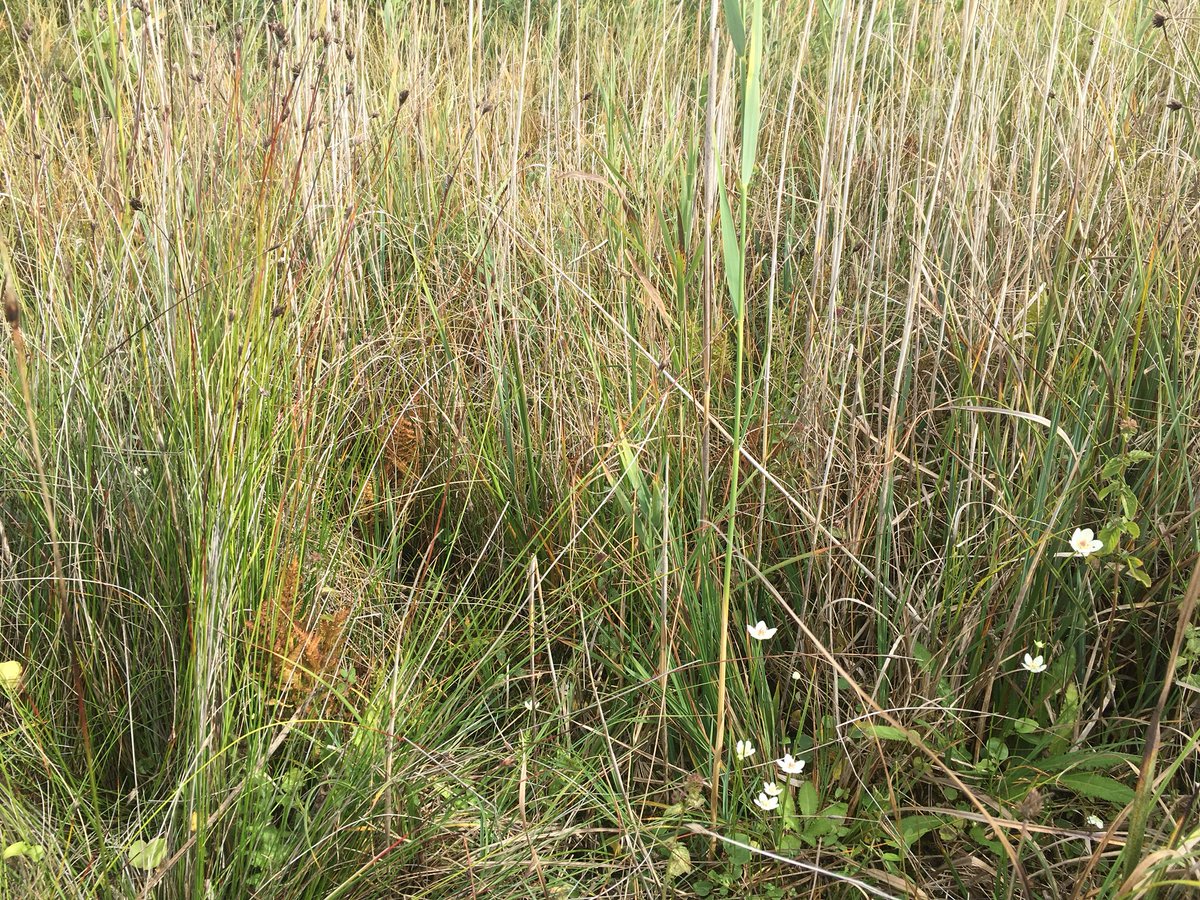
No? Bad luck. You have a section Ruderalia. If you’re new to this game pick another one. They’re at the challenging end of the dandi spectrum. Well ok there is a wonderful crib to the section. Tips below but be prepared to loose a couple hours of you life to not getting a name. 
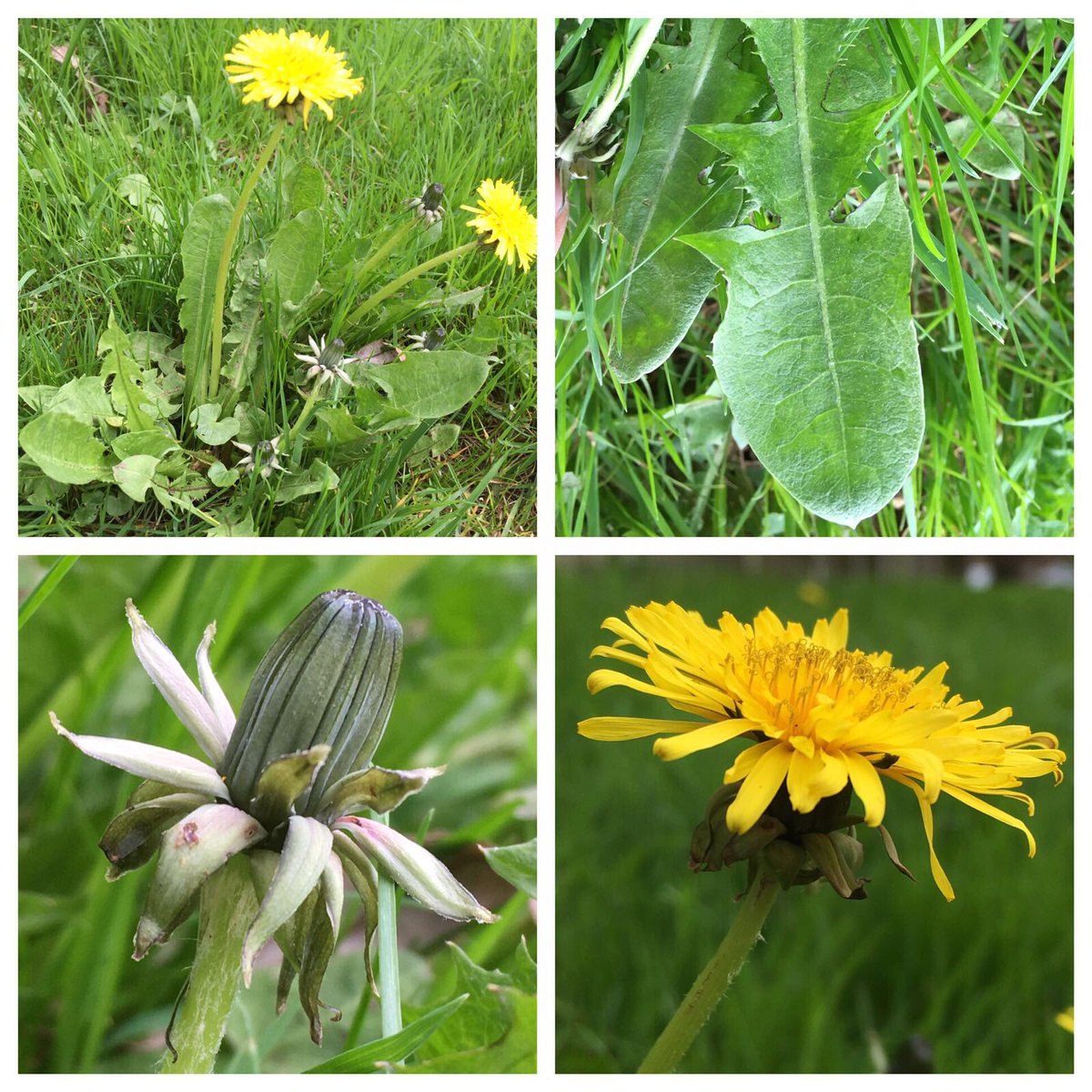
The excellent @BSBIbotany cribs to each of the Taraxacum sections are here: bsbi.org/plant-crib
The Ruderalia key asks about petioles: what colour are the undersides of the petioles on inner & outer leaves (pink or white), whether winged (leafy to the base) & whether that wing is green (clearly contrasting) or pale. Best assessed by cutting the whole plant at ground level.
Splitting sects Celtica & Hamata: Hamata (left) have claw-shape lobes 4 each side, bracts all similar in posture, common everywhere. Celtica (right) common in W but fine damp habitats in E, many lobes often pointing in different directions & erect or variously positioned bracts. 



Hamata (L) vs Celtica (R) can be a tricky decision. Hamata: few, hamate (claw-shaped) lobes, lots of pollen, bracts all arched. Celtica: often more lobes of all shapes, Some spp are pollenless, at least some bracts erect, strong colours. Celtica spp are scarce in the East. 

• • •
Missing some Tweet in this thread? You can try to
force a refresh











